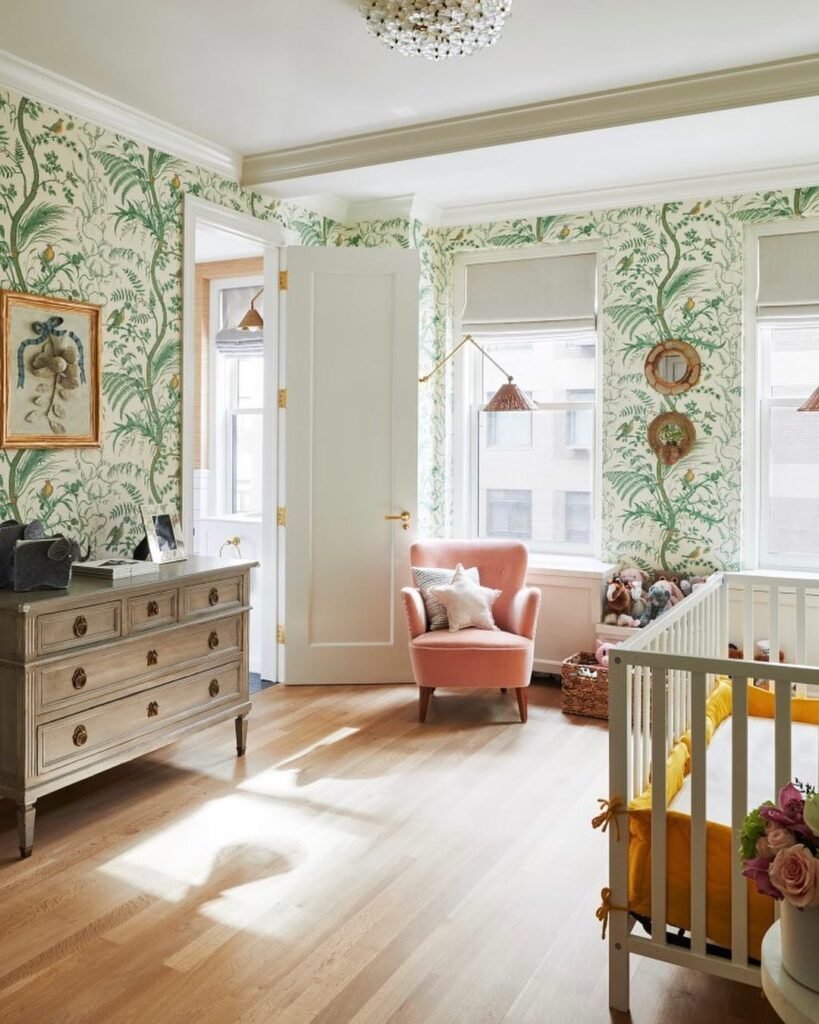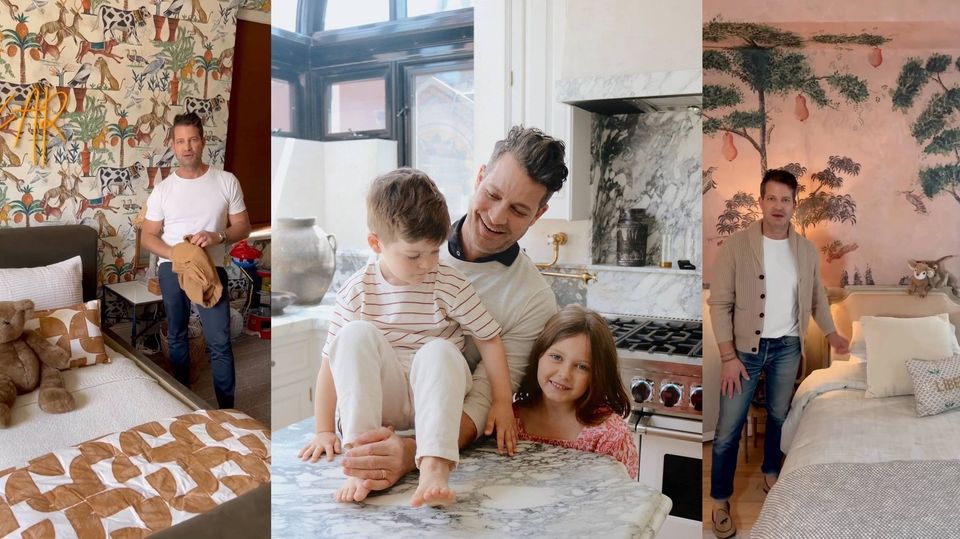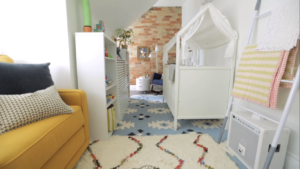[toc]
Check out Nate Berkus Design Ideas for Son Oksar Brent Berkus and Daughter Poppy Brent Berkus. The interior designer went on Instagram and shared his experience of crafting dream bedrooms for kids. Below is a generic guide on what interior designers usually go through when designing spaces for kids.
Nate Berkus Design Ideas
Designing a child’s bedroom is a unique and delightful challenge for any parent. It involves more than just choosing colors and furniture; it requires a deep understanding of a child’s imagination, needs, and growth. In this article, we will explore the art and science of interior designers creating enchanting spaces for kids, where functionality meets fantasy.
Understanding the Child’s World
Interior designers begin by delving into the world of a child’s imagination. They recognize that a kid’s room is not just a place to sleep; it’s a canvas for dreams and adventures. The process often involves consultations with both parents and children, to understand preferences, interests, and any specific themes that might spark the child’s enthusiasm.
Balancing Aesthetics with Functionality
One of the challenges in designing kids’ bedrooms is finding the balance between aesthetics and functionality. Furniture needs to be not only visually appealing but also safe and durable. Interior designers often opt for versatile pieces that can adapt to the child’s changing needs as they grow. Here is a glance of Nate Berkus design ideas for kids room he shared on social media.

Choosing Colors Wisely
Colors play a crucial role in shaping a child’s mood and perception of their environment. Interior designers carefully select color palettes that are both stimulating and calming, depending on the child’s age and personality. Soft pastels for a serene atmosphere, vibrant hues for an energetic feel, and themed patterns to ignite creativity – each choice is deliberate.
Nate Home on Amazon
Most of the inspiration and design elements while redesigning Poppy and Oskar’s home were taken from Nate Home which is also available on Amazon. For your convenience, I am going to share affiliate links of Nate Home Collection on Amazon below.
- Nate Home on Amazon: https://amzn.to/47uNeQ6
- 2-Tier Sliding Drawer Organizer (Only 3 left): https://amzn.to/3MzGPve
Oskar and Poppy’s Room Products
- Option 1: https://amzn.to/3MDARJG
- Option 2: https://amzn.to/3QS8n1k
- Divided Turntable Organizer: https://amzn.to/40C14OI
Educational Elements & Multifunctional Spaces
A child’s room is not just a place for play; it’s also a space for learning. Interior designers often integrate educational elements seamlessly into the design. From interactive wall art to custom-built study areas, the goal is to foster a love for learning within the comfort of the child’s sanctuary.
Considering the limited space in many homes, interior designers focus on creating multifunctional areas within a child’s bedroom. A bed with storage underneath, a desk that can transform into an art station, or modular furniture that adapts to different activities – these design elements maximize space while promoting versatility.
Personalizing the Space
Every child is unique, and their bedrooms should reflect their individuality. Interior designers often incorporate personal touches into the design, such as customized wall decals, nameplates, or even a designated art corner where the child can showcase their creations. Personalization not only adds character but also enhances the emotional connection the child has with their space.
Safety Measures Flexibility for Growth
Child safety is a top priority for interior designers working on kids’ bedrooms. From choosing non-toxic materials to ensuring furniture is securely anchored, every aspect of the design is scrutinized to provide a safe and nurturing environment for the child to thrive.

Children grow rapidly, and their needs evolve accordingly. Interior designers anticipate these changes and create designs that can adapt over time. Adjustable furniture, neutral base colors that can accommodate changing preferences, and transitional elements ensure that the child’s bedroom remains relevant and appealing as they mature.
Embracing Technology
In the digital age, integrating technology into kids’ bedrooms is inevitable. Interior designers explore innovative ways to incorporate technology that enhances the child’s learning and entertainment experiences without overshadowing the importance of real-world play and creativity. You can also read what the designers say Nate and Jeremiah third child
Conclusion
Designing a child’s bedroom is a nuanced process that goes beyond aesthetics. Interior designers take on the responsibility of creating spaces that not only captivate a child’s imagination but also encourage the child to learn more about themselves as a person.
The author of this article may earn a small commission from purchases made through product links in this article at no extra cost to you. As an Amazon Associate author earn from qualifying purchases.




Pingback: Two Nate Berkus Quotes on Parenting Wisdom from the Heart - Nate and Jeremiah Design